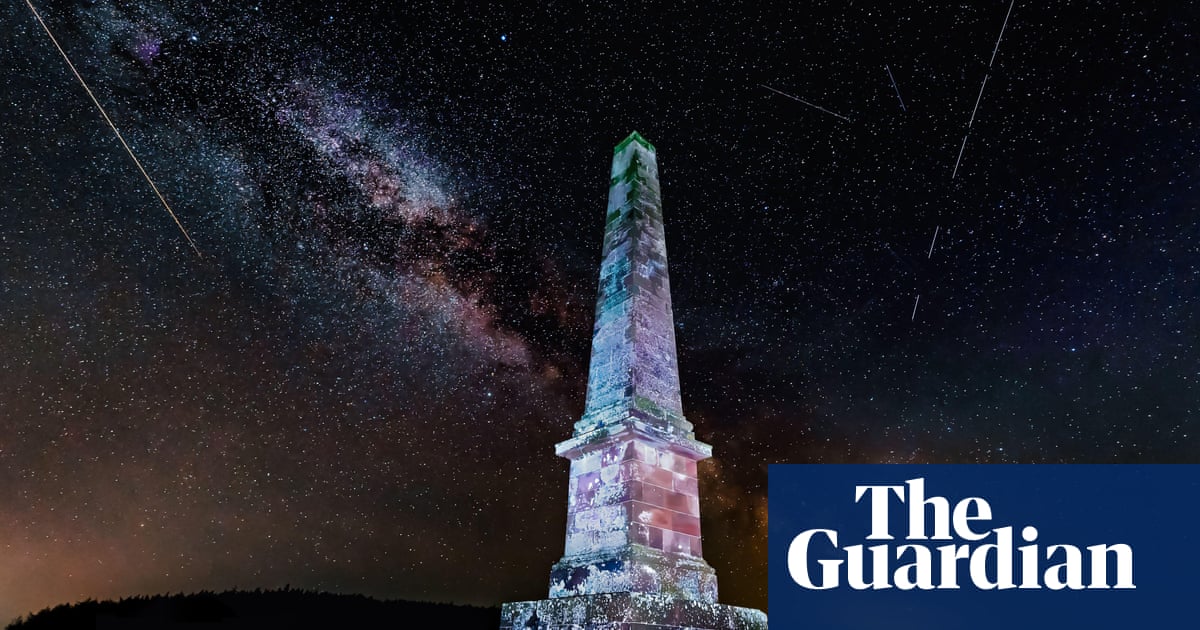Time: 2024-07-29
Get ready for a Meteor shower doubleheader . The Southern Delta Aquariid meteor shower peaks in late July . And this year , it will coincide with a second smaller meteor shower , the Alpha Capricornids . The Delta Aquariids occur every year in North America 's late summer . This year 's peak activity happens early Tuesday morning , with an expected 15 to 20 meteors visible per hour in the Northern Hemisphere , under dark skies . Viewing should be even better in the Southern Hemisphere . The shower lasts through August 21 . Around the same time , the Alpha Capricornid meteor shower should produce around five meteors per hour and lasts through August 15.

The first meteor shower of the summer may peak in the early hours of Tuesday morning with stargazers hoping to see dozens of shooting stars tearing across the night sky every hour . Astronomers have debated the origins of the Delta Aquariids meteor shower , with the sungrazing comet 96P / Machholz regarded as the most likely candidate . Meteor showers happen when the Earth passes through the stream of dust left behind by a comet . The dust particles are smaller than grains of sand and produce bright streaks of light when they vaporize in the atmosphere.
To find Aquarius , astronomers recommend looking for the square of Pegasus in the southeastern sky then looking down towards the horizon . On locating the right spot , gaze about 45 degrees away for the best chance of spotting the longer meteor streaks . The key to enjoying any meteor shower is finding yourself a truly dark sky location , Prof Catherine Heymans , Scotland 's astronomer royal , told the Guardian.
The glowing pockets of air around fast - moving space rocks , ranging from the size of a dust particle to a boulder , may be visible in the night sky . For skygazers , one bright one is worth 20 faint ones . Remember , do n't look at your phone . Your eyes take more than 10 minutes to get dark - adapted . If cloud cover or moonlight intervenes , fear not . The Delta Aquariids rumble on into August when they merge with the more prolific and typically brighter Perseids . Summer meteor showers are n't the best for children as you need to wait until long after the sun has set for the sky to become dark enough to see them . But it 's a great event for adults , particularly those looking for an excuse to take a romantic starlit getaway.